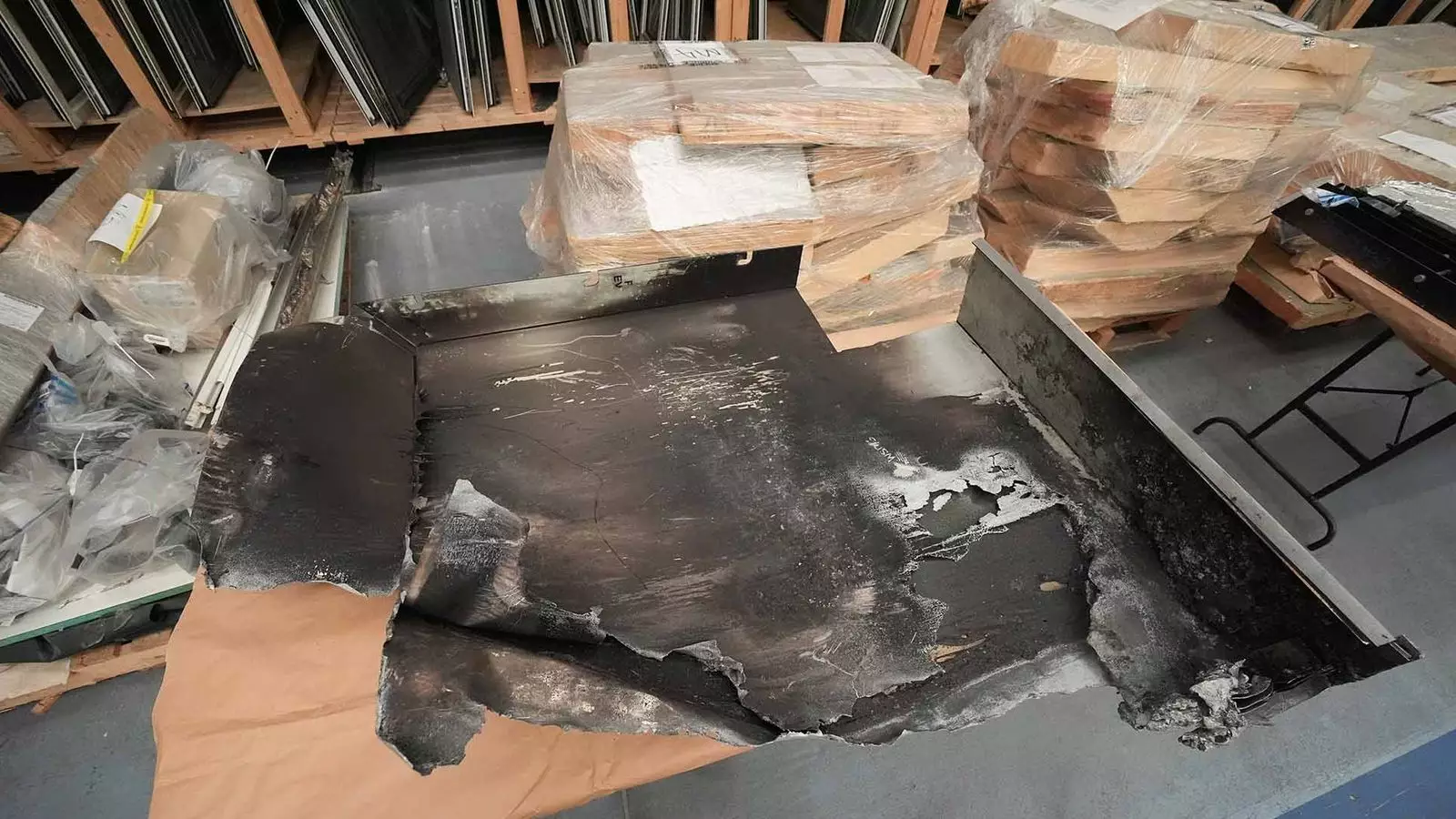In recent years, a significant number of buildings across the UK have been marked as hazardous due to the presence of unsafe cladding. The National Audit Office (NAO) has shed light on this pressing issue, revealing that between 9,000 to 12,000 structures may require urgent remediation. The financial implications are staggering, amounting to an estimated £16 billion for rectification efforts. Alarmingly, as many as 7,200 of these buildings are still unregistered, and some may remain unidentified indefinitely. Residents in these buildings are left in a precarious situation, living with an ongoing fear of fire hazards and the burden of financial strain.
The repercussions of hazardous cladding extend beyond the confines of the affected buildings. The enduring fallout from the Grenfell Tower tragedy, which claimed 72 lives, continues to impact countless individuals. Many residents are grappling with severe emotional and financial distress. While the Building Safety Act 2022 has provided some relief, protecting most leaseholders from footing the remediation bill, it hasn’t entirely alleviated the troubles they face. Service charges have ballooned due to increased insurance costs, while obtaining mortgages and relocating has turned into a bureaucratic nightmare for many. Additionally, some residents are incurring significant expenses from “waking watches”—constant surveillance of buildings pending cladding removal—which can average around £104 per month per household.
Taking into account the seven years since the Grenfell fire, a stark contrast is evident between the identified issues and the slow pace of necessary actions. Of the 4,821 structures recognized as needing urgent remediation, only half have commenced or completed the required repairs. The NAO report poignantly highlights the slow-moving remediation process within the purview of the Ministry of Housing, Communities & Local Government (MHCLG). The identified target for completing cladding safety works by 2035 seems increasingly unrealistic, with the report indicating that achieving this goal will be notably challenging.
Furthermore, the financial implications of rectifying cladding issues raise significant concerns for taxpayers. The government has set a £5.1 billion cap on taxpayer contributions toward remediation, but this will necessitate substantial financial input from building developers. Unfortunately, their financial responsibility is anticipated to materialize only later in the year under a newly proposed levy. This approach—shifting the fiscal burden to developers—could help protect taxpayer funds from becoming overstretched. Yet, the delay in extracting these contributions may further complicate and prolong the resolution of these safety issues.
Overall, the detailed findings from the NAO underscore an urgent need for clear timelines and actionable plans regarding cladding remediation. As the situation stands, residents of potentially dangerous buildings remain in limbo, grappling with fear and uncertainty. The government must rise to the challenge and prioritize the establishment of an explicit, accountability-driven schedule for making these buildings safe. Without decisive action, the plight of those affected by unsafe cladding could continue to extend indefinitely, with serious consequences for lives, safety, and financial well-being.


Leave a Reply